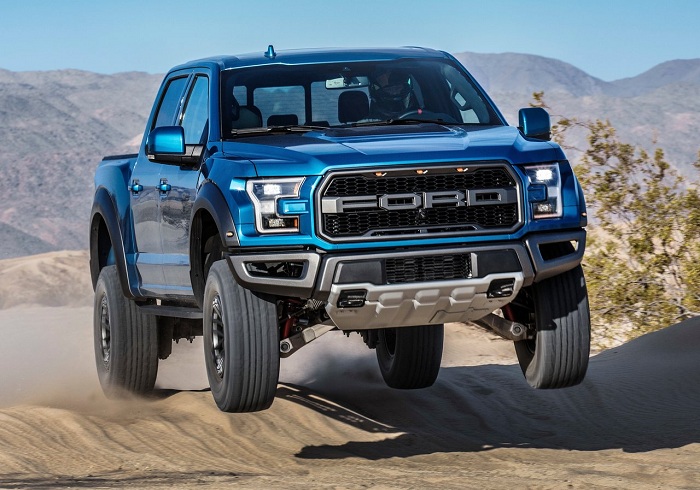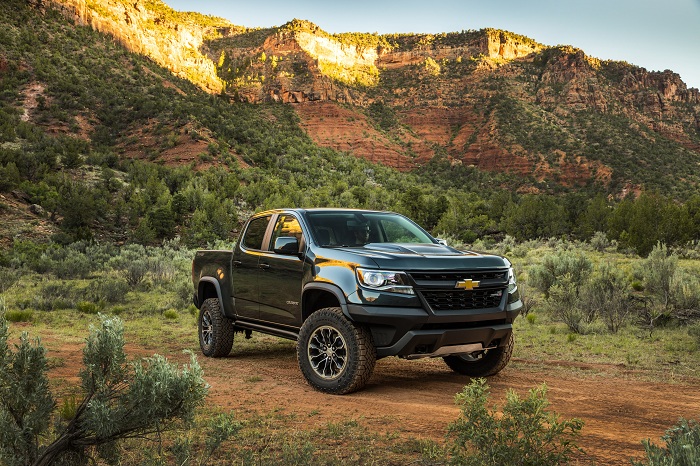Despite revealing price and spec information, and more recently, complete engine details of the US-spec Ranger, the Blue Oval’s Director of its in-house Performance division, Hermann Salenbauch, has claimed that adapting the Raptor to US requirements would simply make it financially unsuitable for introduction.
According to a report by autoblog.com, Salenbauch declined to go into exact details on the alleged limitations preventing the Raptor from being sold in the US, although it has been claimed that the use of the 2.0-litre bi-turbodiesel engine rates as the biggest problem given North America’s preference for petrol power.

He also cited that the Ranger Raptor has been specifically developed for markets where the F150 Raptor (pictured above) is not sold, and that is likely price will be too close to that of its bigger sibling, which has proved to be a sales hit in its home market with units only remaining on dealership floors for an average of 20 days in spite of being priced from $54 350 (R782 640).
The article also claims that the mentioned cost of converting the Ranger Raptor would result in it being pricier than its chief rival, the Chevrolet Colorado ZR2 (pictured below), which retails from $42 500 (R612 000) and offers the choice of a 230kW/359Nm 3.6-litre V6 petrol or a 2.8-litre Duramax turbodiesel that makes 132kW/500Nm.

Salenbauch’s reported announcement comes some two months after the discovery of patent documents submitted to Australia’s IP office and theUS Design Patent Application, alluding to the possible unveiling of a US market Ranger Raptor that has been spotted on prior occasions in left-hand drive undergoing testing.
It would therefore also have meant the need for a different engine to satisfy American buyers’ demand, which would have contradicted a previous remark that the 157kW/500Nm twin-blown oil burner was the only powerunit considered during the Raptor’s development.
As is well known by now, the Raptor, which is already available in Europe and Australia, will go on sale in South Africa next year likely not long after the updated Ranger debuts, with production taking place at Ford’s Silverton Plant outside Pretoria and engine assembly at the Struandale Engine Plant in Port Elizabeth.
















